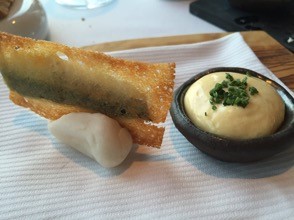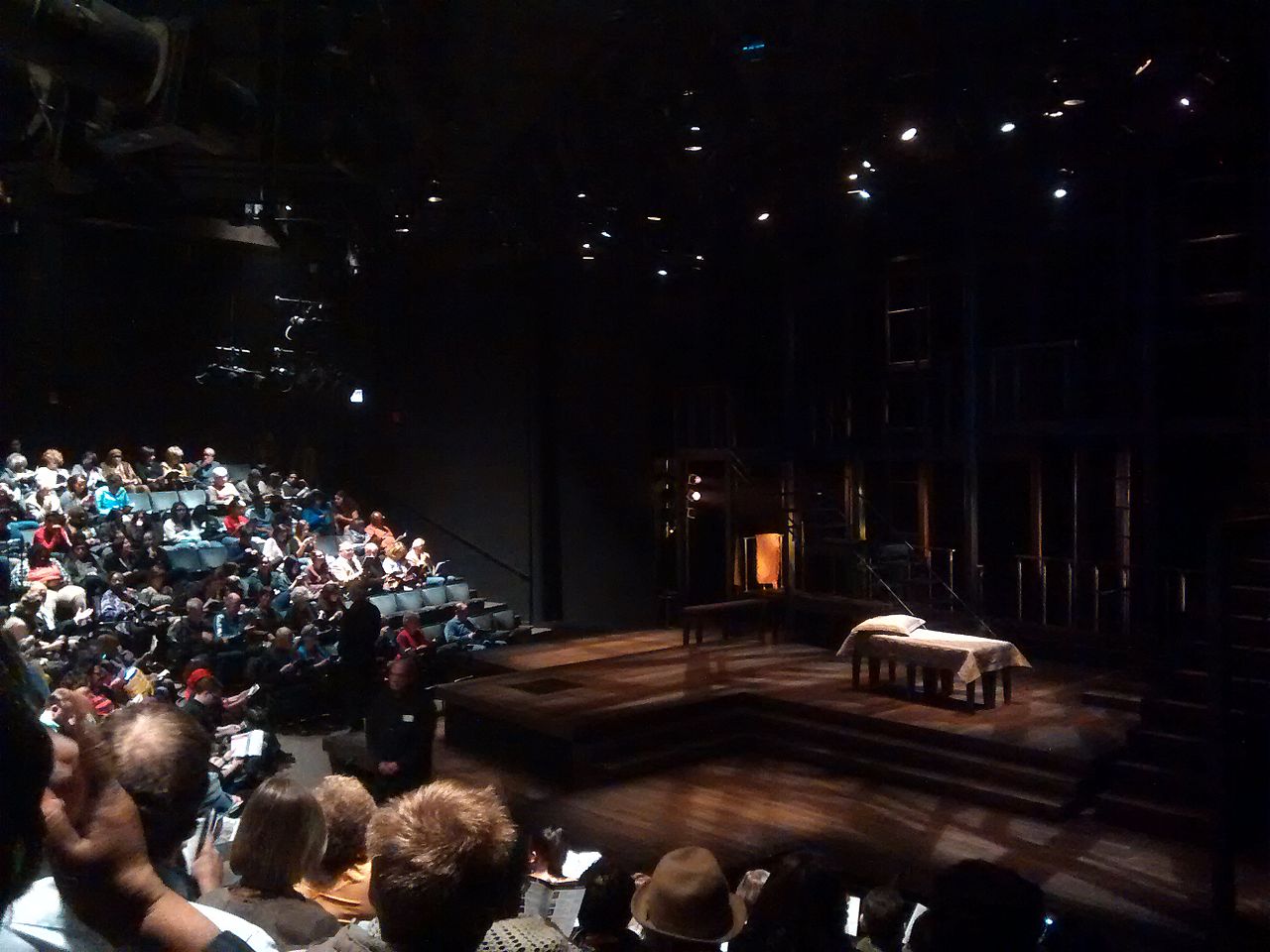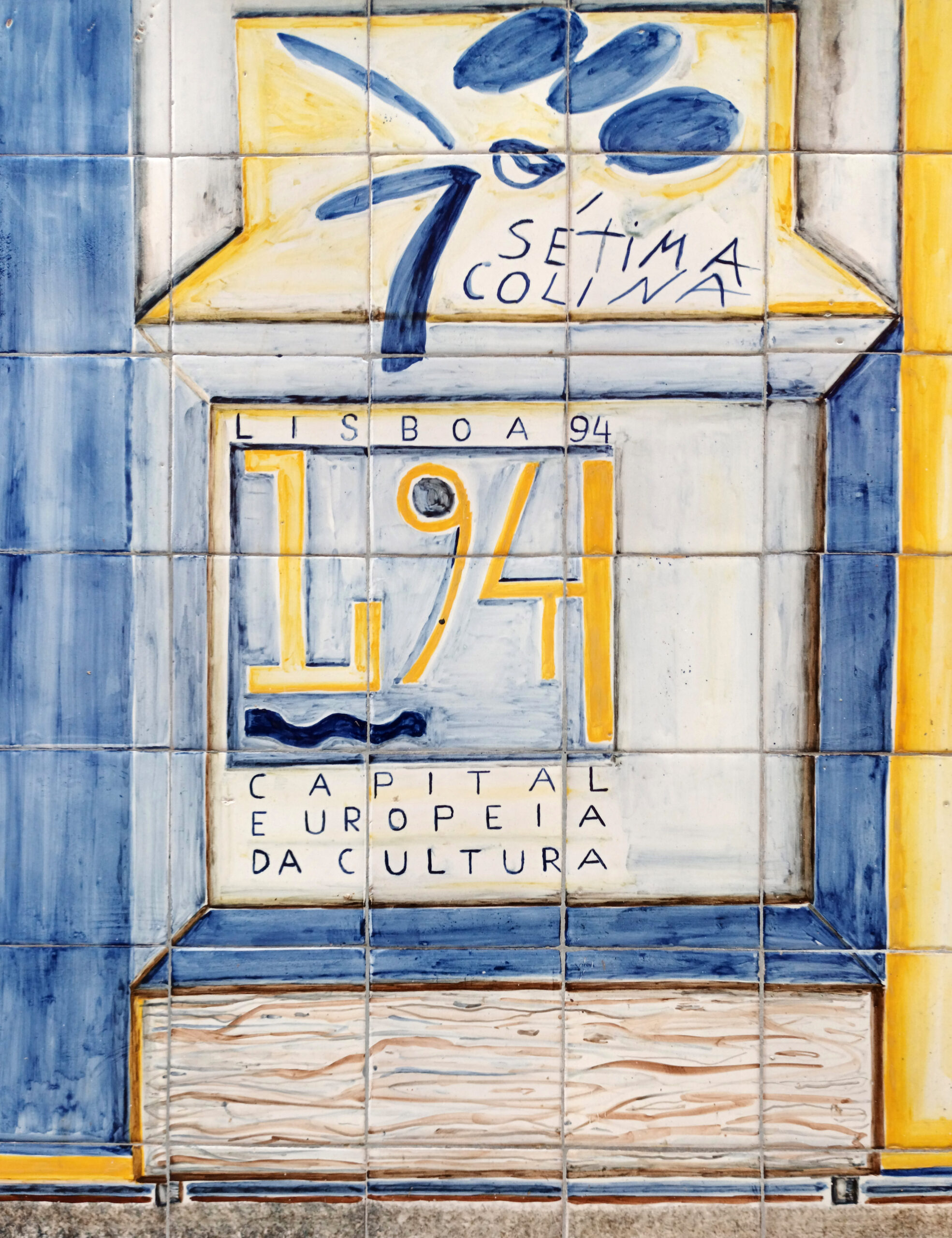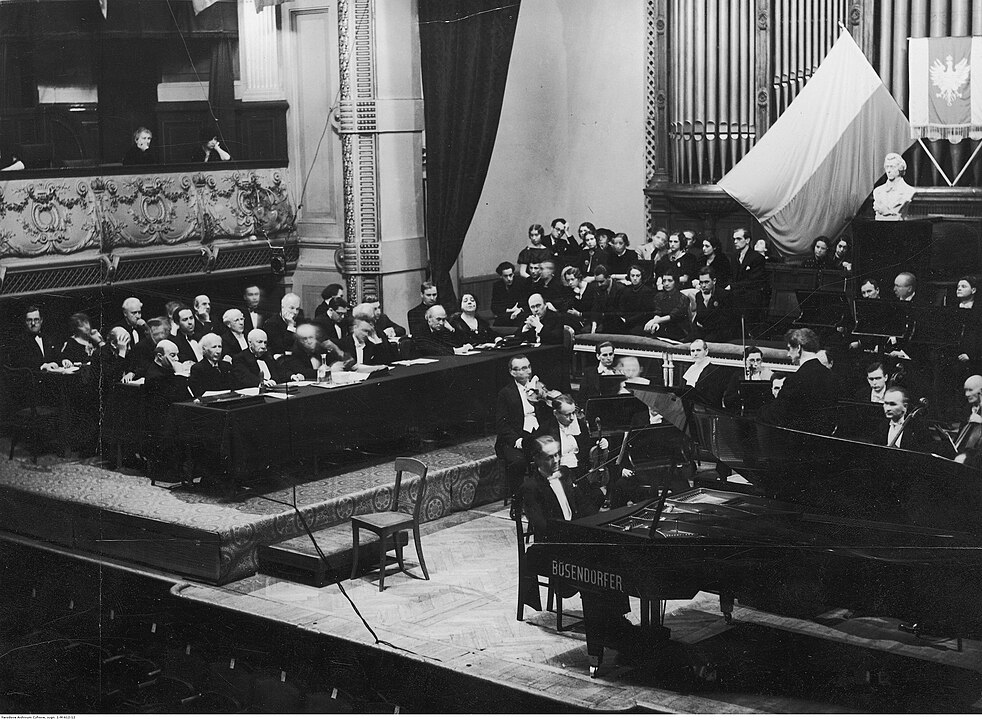By Sophie Marie Cappelen and Jesper Strandgaard Pedersen

How can you invent a novel cuisine and culinary heritage? The study explores how a group of organisational actors constructs and employs historical narratives to authenticate, legitimise and mobilise support for a new, local cuisine, claimed to be temporally anchored in an unspecified ancient past. Conducting an in-depth case study of a culinary movement based in Istanbul, Turkey, three forms of ambiguity are identified that enable the construction of a common culinary heritage.
In recent years, the republic of Turkey, the so-called ‘melting pot of the occident and the orient’, has been trying to define its culture. The precarious balance of ancient and modern times, which led to political unrest during the Spring of 2013, is currently reflected in the country’s changing gastronomic scene and identity. At the forefront of a culinary movement emerging in Istanbul stands the gastro-entrepreneur Mehmet Gürs. Through his flagship restaurant Mikla, Gürs is one of the leading initiators of a movement based on traditional cooking from the Anatolian region. We study this emerging culinary movement that aims to construct a ‘New Anatolian Kitchen’ based on regional culinary customs and traditions.
While many studies have examined how organisations construct and employ historical narratives for strategic ends (e.g. Foster et. al. 2017), scholars have recently underscored the need to explain how the temporality of such narratives matters in this process (Wadhwani et al. 2018). Previous studies have shown, for example, how organisations work to ‘outpast’ other narratives, in attempts to claim authenticity through antiquity (Lubinski, 2018). To do so, organisations resurrect nearly forgotten narratives by diving into corporate archives (Hatch & Schultz, 2017) or by drawing on institutional memories of a society (Oertel & Thommes, 2018). Thus, when constructing and employing historical narratives, organisations seem to prefer some parts of the past to others. Whereas organisational scholars have made great progress in exploring how organisations might use the past strategically, we still know very little about how organisations use ambiguity as a strategy when they construct and employ historical narratives. We draw on the concept of strategic ambiguity (Eisenberg, 1984) and extend this work by exploring how historical narratives located in a vaguely defined past are used as a tool to create a common cultural heritage.
In 2009, Gürs ideas for a new culinary concept first emerged, when he hired a food anthropologist. In 2011, the Italian food writer Gabriele Zanatta coined the label ‘New Anatolian Kitchen’, following a presentation by Gürs at the international cooking convention Identità Golose in Milan. In 2012, after several years of research and investigation of the region’s culinary heritage, Gürs launched the New Anatolian Kitchen Manifesto, and since then Mikla’s anthropologist has been exploring the regional culinary heritage of the ‘Anatolian region’. Covering areas from Iran to Bulgaria, the anthropologist tasted and tried more than 5000 different products and techniques, all of which were carefully documented and brought back to the Mikla Lab for further exploration and innovation. Thus, Mikla currently sources ingredients from more than 250 small producers in Turkey, Armenia, Syria, Iran, Iraq, Greece and Bulgaria. Following the launch of the manifesto several Istanbul-based chefs also recognised the strategic intent and potential in the concept and began to implement the ideas in their own kitchens. Thus, the movement gained momentum, as more and more chefs in Istanbul’s restaurant scene increasingly began serving modern interpretations of traditional dishes based on ingredients from the Anatolian region. In 2013, the movement expanded beyond the high-end restaurant scene, through the formation of the interdisciplinary, non-profit organisation Gastronomika – Repositioning Anatolian Cuisine. Gastronomika comprises an interdisciplinary project team of chefs, designers and historians who collaboratively work to revitalise and transform Anatolian cooking for modern palates. Their goal has been to change people’s perceptions of Turkish and Anatolian cuisine, while using a vast spectrum of traditional ingredients and cooking techniques to create contemporary, relevant forms of local gastronomy. Gastronomika is working to reidentify and redesign the Anatolian cuisine by giving lectures and seminars, arranging free food tastings, and designing tools that allow people to use traditional techniques in small, urban settings. Altogether previously separate but similar efforts and ideas were now slowly uniting through one label: New Anatolian Kitchen.
The study examines how this nascent group of organisational actors engage in a deliberate process to invent and craft a coherent and convincing narrative. In constructing this narrative, the organisational actors remember certain events of the past and deliberately forget other parts, in order to highlight or silence competing narratives of respectively an ancient past, an imperial (Ottoman) recent past, and a modern present (Turkish) state. In explaining the process, we invoke the idea of strategic ambiguity (Eisenberg, 1984) and identify three forms of ambiguity. They include ambiguity of origin, ambiguity of artefacts and ambiguity of ownership, which enable the past to be enacted and performed in the present (see figure 1.).
Figure 1. The three forms of strategic ambiguity in relation to historical narratives

We suggest that this ambiguity of historical narratives has allowed the New Anatolian Kitchen movement to ‘outpast’ competing narratives and position itself as ‘anti-elite’ (Ottoman/Palace cooking). In doing so, the organisational actors protect their historical narrative from contestation and assert the movement’s legitimacy and authenticity, thereby helping it grow and gain acceptance. By invoking the past while preserving a sense of historical ambiguity, organisational actors allow themselves more freedom to innovate and modernise, to introduce new culinary codes and to be more open to new entrants, thereby preventing anyone from claiming exclusive ownership. In sum, we find that ambiguous historical narratives enable organisational actors to construct a cultural heritage by silencing and suspending the formation of competing clear-cut historical narratives. Our study advances understandings of organisational uses of the past and suggests the term ‘strategic historical ambiguity’ to capture how ambiguity is deliberately used as a tool to craft legitimate historical narratives of a common cultural heritage.
About the authors
Sophie Marie Cappelen, is a Ph.D fellow in the Department of Organization at Copenhagen Business School, Denmark.
Jesper Strandgaard Pedersen, is Professor of Organization Studies at Copenhagen Business School, and Director of ’imagine… Creative Industries Research Centre, Denmark.
This article is based on:
About the image:
Picture by the authors.






